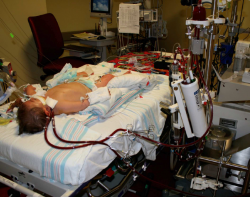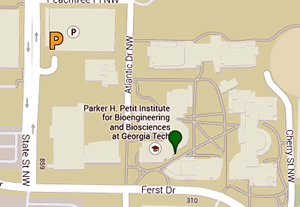
Extracorporeal membrane oxygenation (ECMO) is a form of cardiopulmonary life support where the blood of a patient is circulated and oxygenated outside of the body. ECMO patients typically have severely compromised lungs or heart, and therefore the device is used for long term respiratory or circulatory support, serving as a bridge to recovery or transplant. Unfortunately, ECMO has a 43% motalitiy rate for pediatric respiratory patients. A major clinical problem is circuit thrombosis, and it is especially difficult to maintain the balance between clotting, anticoagulation, and hemorrhage. Circuit thrombosis not only poses a direct risk to the patient, but contributes significantly to equipment malfunctioning, which necessitates interventions such as circuit and/or oxygenator changes. The innovators have identified the major contributory source of ECMO thrombosis as the flexible tubing connectors dispersed throughout the circuit. Better ECMO connectors are needed to reduce thrombosis associated with current junctions of connectors and tubing. We estimate that a novel design will reduce circuit thrombosis by 90%.
The innovators are developing connectors to reduce the incidence of clotting in ECMO circuits. Their analysis of clinical ECMO circuits revealed thrombogenic zones that can be eliminated with a new design. The most important design constraints include ease of use in the clinic, access to blood, and blood compatibility.
APDC has provided funding to allow different designs of the connectors to be tested in order to optimally reduce thrombosis in ECMO circuits.







